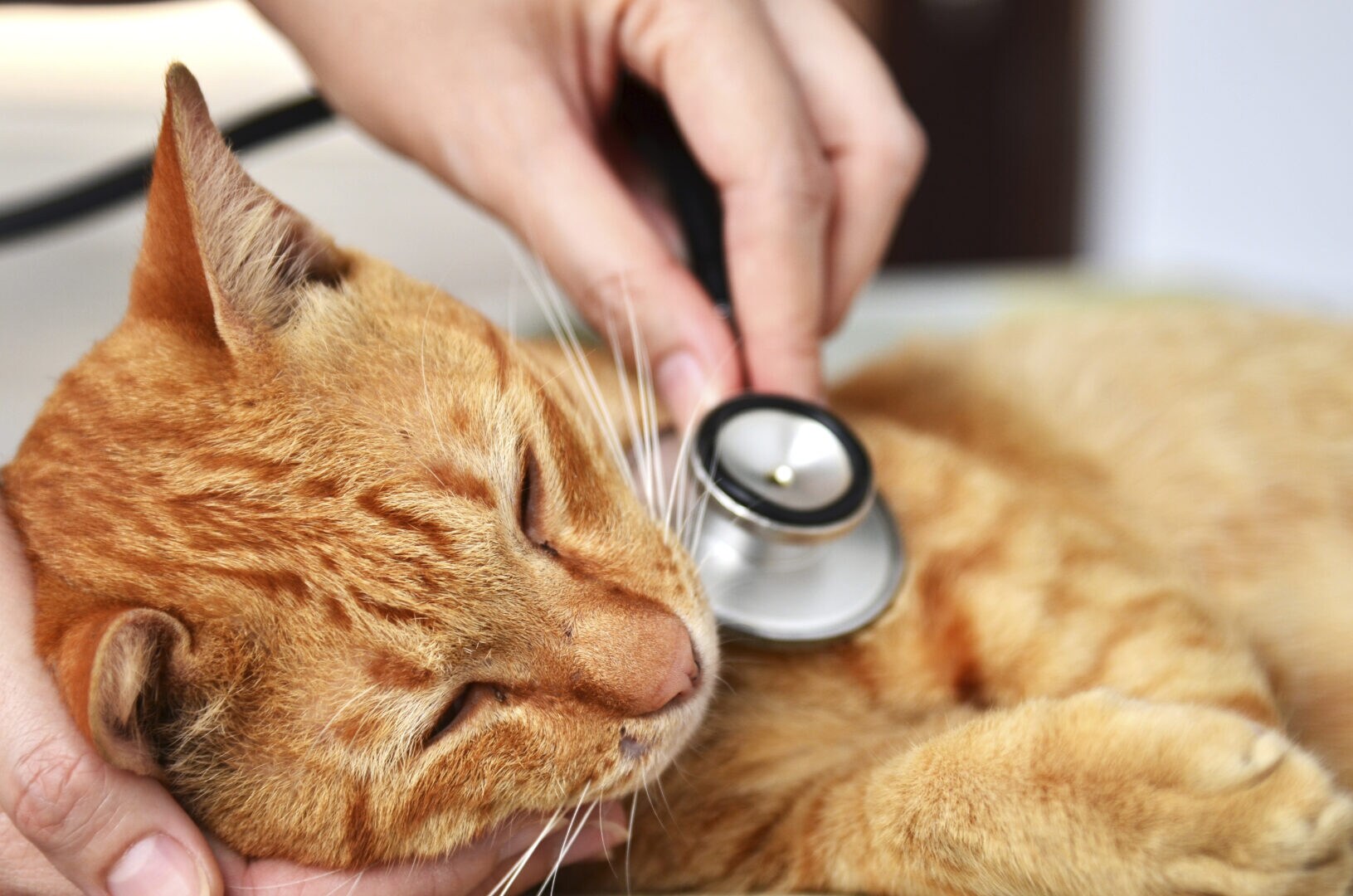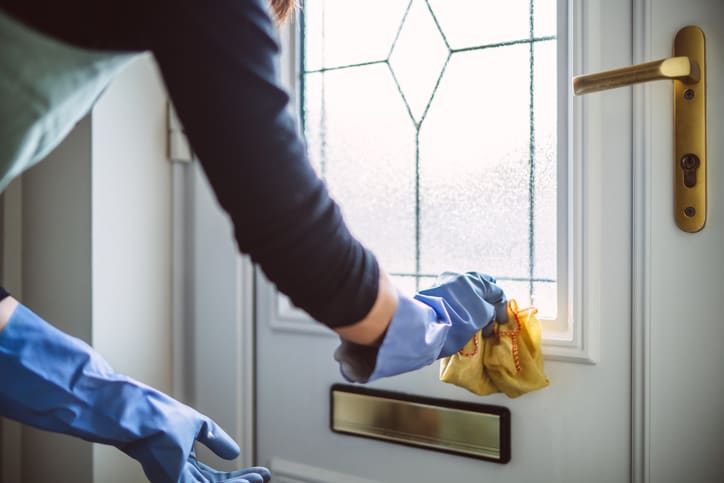Many people have first aid plans in place for family emergencies, but what about their cats? Having a cat first aid plan prepared is also important. If you get organised ahead of time, you will be able to help alleviate some of the panic and pain if an accident or emergency occurs.
Be Prepared
If your cat is injured or sick, it’s important to seek veterinary attention immediately.
- Keep the name, phone number, and office hours of your vet on hand.
- Keep the names, locations, and phone numbers of several emergency vets or animal hospitals, in case your cat needs assistance outside of normal vet hours.
- Make sure all family members and carers have easy access to this information.
Even though professional help is the best course of action, there are some things you can do to help your cat before you reach the vet. In case of an emergency striking, make sure that you have a enough supplies for a basic cat first aid kit:
- gauze pads
- gauze roll/bandages
- roll of cloth
- thermometer
- tweezers
- hydrogen peroxide
- antibiotic ointment
- cotton swabs
- instant cold pack
- rags/rubber tubing for tourniquet
- a first aid book.
Cat Facts
Knowing some basic facts about your cat can help you to determine if there’s a problem.
- A cat’s body temperature should be between 37.7 and 39.1°C. If your cat seems sick, you can try to check their temperature with a rectal or ear thermometer (don’t be surprised if they won’t let you!). Talk to your vet about the best type of thermometer for your cat and how to safely use it.
- A cat’s normal heart rate is 150-200 beats per minute. Don’t try to find your cat’s pulse in her neck. Instead, find the femoral artery by placing your fingers on the inside of the cat’s hind leg and sliding your hand upward until the back of your fingers touch the cat’s abdomen. Gently move your fingers back and forth on the inside of the hind leg until you feel the blood pulsing. Count the number of heartbeats for 15 seconds and then multiply it by four to calculate the beats per minute.
CPR and Choking
If your cat’s heart stops beating, you can use cardiopulmonary resuscitation (CPR) to help keep them alive until their heart starts again or a cardiac defibrillator can be used. Unfortunately, CPR has a low success rate, even when done by a trained professional.
Nonetheless, you should learn how to administer cat CPR from a qualified source to give your cat a fighting chance at those nine lives.
Most cats make that awful hairball hacking sound from time to time, but be aware of signs that your cat may be choking.
They may be choking if you see them:
- pawing at their face or throat
- acting frantic
- trying to cough
- or having difficulty breathing,
If this happens,
- remove their collar
- carefully look inside their mouth
- and remove any foreign objects.
Be careful not to stick your fingers too far into your cat’s mouth. Cats have bones at the back of their mouths that support their tongues. Do not grab those bones and pull.
Also ask your vet about learning how to do the Heimlich maneuver on your cat. Do not attempt CPR or the Heimlich maneuver unless you’ve been trained and know what you’re doing.
Having an emergency plan in place will help you to feel that you’re doing the most you can do to help your cat in a health emergency.
Keeping Kitty Still
If your cat is hurt, you may need to muzzle or restrain them to protect everyone involved — including them. Muzzling a cat prevents them her from biting at wounds or people and can also calm them down by blocking out visual stimuli. To muzzle a cat, have one person hold them by the scruff of their neck to keep them still. Then you can slip the muzzle over the cat’s face so that it covers their eyes. If you’re alone and need to muzzle a cat, use one hand to scruff their neck and the other to pull on the muzzle. However, you should never muzzle a cat if they are unconscious, are having trouble breathing, or have a mouth injury.
A safe and effective way to restrain your cat is by wrapping them in a towel or pillow case so that their legs are held against their body. Alternately, you can purchase a product called a Cat Sack that will do the same thing. Restraining your cat in this way makes it easier to transport them and protect yourself from flying claws.
The Three Bs: Bleeding, Burnt, Broken Bone
If your cat is bleeding, burnt, or has broken a bone, follow a few common sense procedures. If your cat is bleeding externally, apply pressure to the wound with a clean cloth or towel. If your cat has sustained burns, apply cold compresses. If your cat has injured their spine, ribs, or hip, gently place them on a stretcher and immobilize them if possible. You can secure a broken leg bone by wrapping the leg with cotton padding and then wrapping it with a magazine, rolled newspaper, towel, or two sticks to form a splint. The splint should extend to one joint above the fracture and one joint below. Secure the splint with tape, but make sure the wrap is not so tight that it constricts blood flow.
Shock
Like humans, cats can go into shock after a traumatic event. Signs of shock include a weak pulse, shallow breathing, nervousness, and a dazed appearance. To treat shock, keep your cat restrained, quiet, and warm. If they are unconscious, keep their head level with the rest of her body.
Seeing your cat in distress can easily send you into your own state of mental shock. The best thing you can do if your cat is injured is to stay calm, have adequate supplies on hand, and have a plan. Get prepared today.
*This article is for general informational purposes only. It is not intended nor implied to be providing medical advice and is not a substitute for such advice. The reader should always consult a health care provider concerning any medical condition or treatment plan. Neither Care.com nor the author assumes any responsibility or liability with respect to use of any information contained herein.



